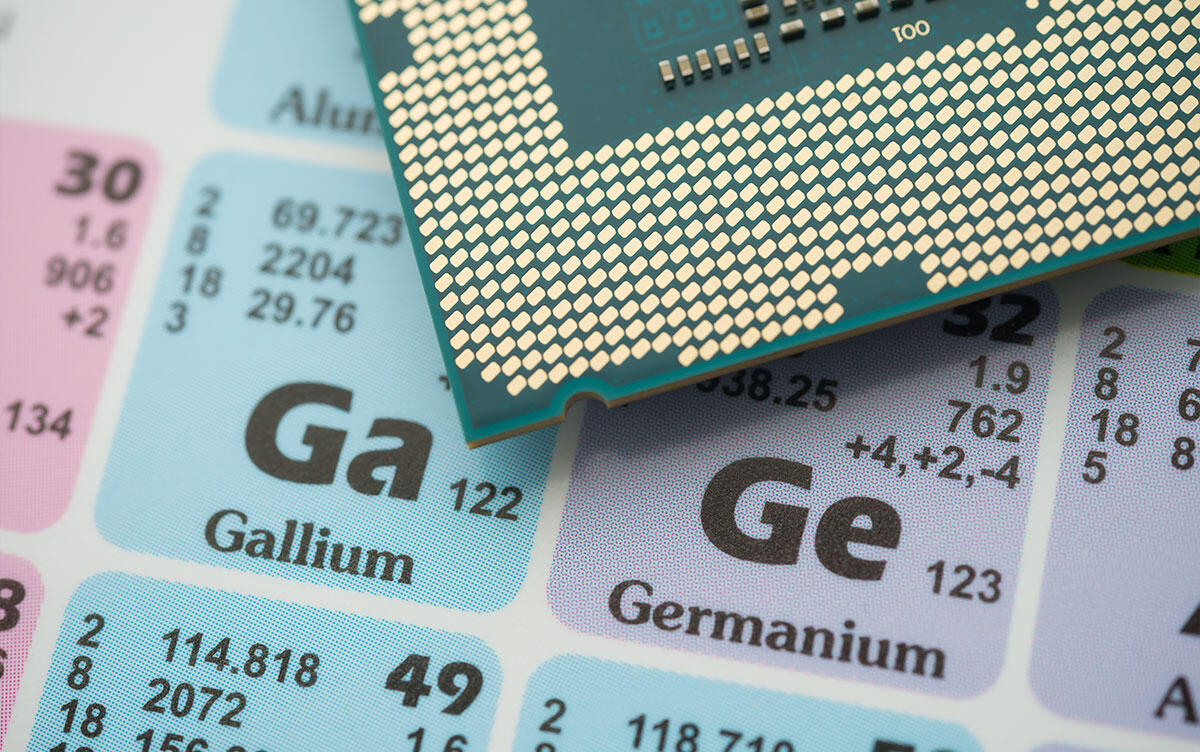Research News
Hydrogen Treatment for Dramatically Improving the Performance of Polycrystalline Germanium Thin Films for Semiconductors
 Image by Pla2na/Shutterstock
Image by Pla2na/Shutterstock
Researchers at University of Tsukuba were successful in developing a method that considerably reduces the hole density of polycrystalline germanium (Ge) thin films used in semiconductor devices. They discovered that hydrogen treatment following the fabrication of high-quality polycrystalline Ge thin films markedly reduces the hole density. Moreover, subsequent low-temperature annealing effectively restores hydrogen-induced surface damage and further decreases the hole density.
Tsukuba, Japan—The growing demands of the information society are driving the need for improving the semiconductor device performance. High-quality Ge thin films deposited on insulators, such as glass and plastic, are anticipated to be used in high-performance thin-film transistors, three-dimensional large-scale integrated circuits, and cost-effective thin-film solar cells. Accordingly, active research has focused on synthesizing such films using low-temperature processes (below 500°C) to avoid damage to substrates and pre-existing device layers.
Precise carrier density control is critical in semiconductor device fabrication as it directly affects charge carrier mobility. However, Ge poses a considerable challenge in this regard owing to its intrinsic crystal defects, which act as acceptors (impurities generating positive charge carriers), thereby controlling the hole density extremely difficult. Herein, researchers demonstrated that introducing hydrogen into high-quality polycrystalline Ge thin films—with large grain sizes—substantially reduces the hole density. Additional low-temperature annealing successfully repairs hydrogen-induced surface defects, leading to an even lower hole density. The final hole reached 1014 cm⁻³, which is three orders of magnitude lower than the conventional values. These research findings can enhance the practical applicability and performance of Ge-based electronic devices.
###
This study was financially supported by NEDO (No. P14004) and JST FOREST (No. JPMJFR222J), JSPS KAKENHI (No. 24KJ0509), TEPCO Memorial Foundation, the JACI Prize for Encouraging Young Researchers, and Sasakawa foundation.
Original Paper
- Title of original paper:
- Hydrogen passivation effects on polycrystalline Ge thin films
- Journal:
- NPG Asia Materials
- DOI:
- 10.1038/s41427-025-00611-w
Correspondence
Professor TOKO Kaoru
Institute of Pure and Applied Sciences, University of Tsukuba
NOZAWA Koki
Doctoral Program in Engineering Sciences, Degree Programs in Pure and Applied Sciences, Graduate School of Science and Technology, University of Tsukuba
Related Link
Institute of Pure and Applied Sciences








